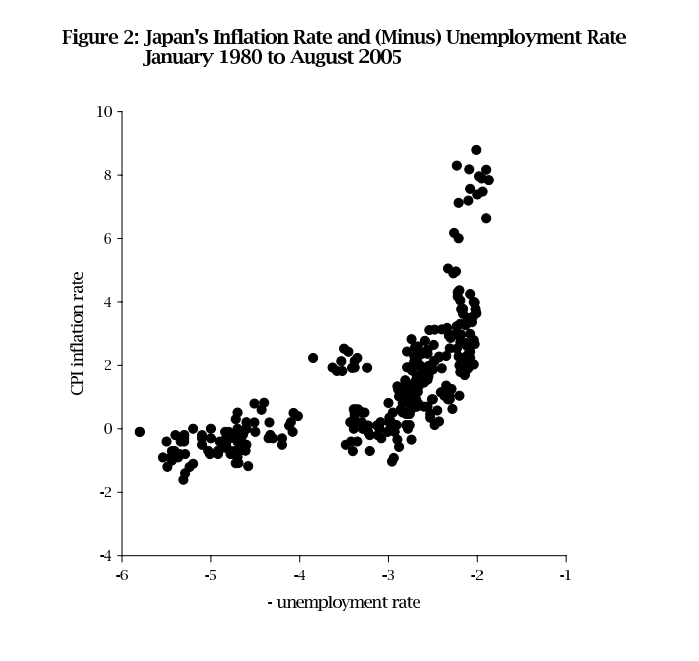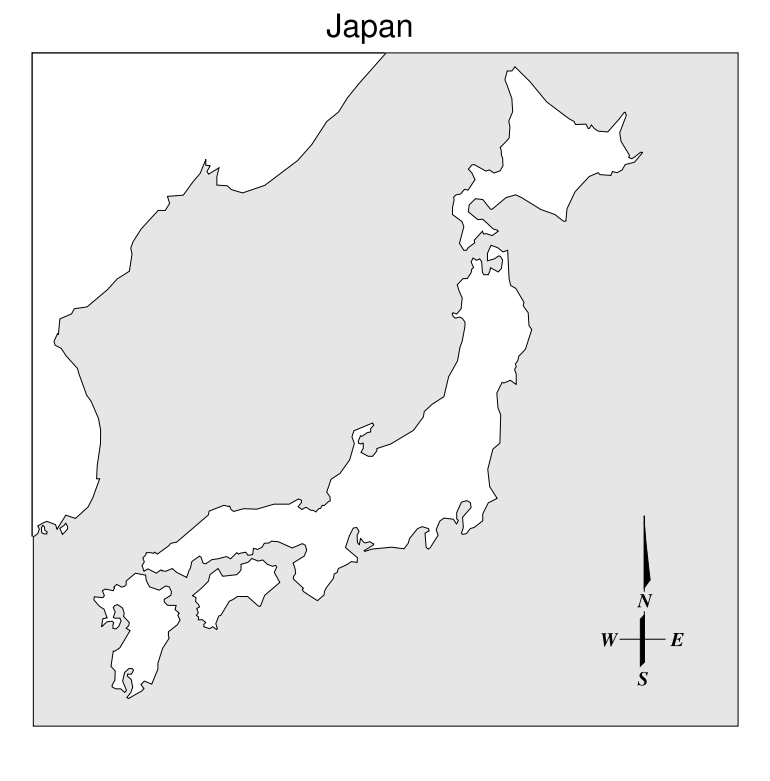IPA has an opening for a Country Director for our Sierra Leone and Liberia offices (above photo comes from the former). A lot of interesting projects are happening there and our offices there have historically worked very well with the governments. I’ll let Rachel Glennerster describe it: But the best reason is the amazing staff, here’s Jishnu Das talking about the Liberia office’s recent high profile RCT of public-private partnership schools there: Finding children who have left a school is like finding a needle in a haystack. In a country where only 42 percent have access to a cell phone, it’s heroism. On Vox Dev, Thomas Fujiwara talks about how Brazil’s move to digital voting machines ended up changing the face of local governments and policy. Millions of non-literate people hadn’t
Topics:
Jeff Mosenkis (IPA) considers the following as important: academia, Brazil, China, development, Economics, foreign policy, government, Japan, jobs, Liberia, links, miscellany, news, psychology, Research, voting
This could be interesting, too:
Lars Pålsson Syll writes Schuldenbremse bye bye
Lars Pålsson Syll writes What’s wrong with economics — a primer
Matias Vernengo writes The behavior of the nominal exchange rate between the Brazilian Real and the dollar in 2024
Lars Pålsson Syll writes Krigskeynesianismens återkomst

- IPA has an opening for a Country Director for our Sierra Leone and Liberia offices (above photo comes from the former). A lot of interesting projects are happening there and our offices there have historically worked very well with the governments. I’ll let Rachel Glennerster describe it:
But the best reason is the amazing staff, here’s Jishnu Das talking about the Liberia office’s recent high profile RCT of public-private partnership schools there:
Finding children who have left a school is like finding a needle in a haystack. In a country where only 42 percent have access to a cell phone, it’s heroism.
- On Vox Dev, Thomas Fujiwara talks about how Brazil’s move to digital voting machines ended up changing the face of local governments and policy. Millions of non-literate people hadn’t been able to vote effectively on write-in ballots, but the interface of the new machines was friendlier to them (using pictures and numbers in addition to words). The influx of poor voters resulted in electing local politicians more responsive to them, a 34% increase in public health spending over four years, and more prenatal health visits for less educated mothers.
- Contrast that with this review (PDF, p.15) of how the U.S.’s hasty move to electronic voting after the Bush-Gore “butterfly ballot” backfired. In 2002, Congress passed the “Help America Vote Act” allocating billions to help local districts by electronic voting machines. The market responded quickly with machines that ended up having poorer interfaces than traditional voting systems. Lab studies comparing the two showed the new machines produced about twice the rate of voting errors (1-2% on paper vs. 3-4% electronically), and probably made voting problems worse than before.
- The Journal of Economic Perspectives has a section of 3 (open-access) articles on turning experiments into policy.
- Three Dartmouth psychology professors have been suspended during an investigation into serious sexual misconduct. State police and the district attorney are also investigating, but it appears that they got involved not because the school reported it, but because the DA happened to read about the school’s internal investigation in the student newspaper.
- Norway punches above its weight in international development, in part because of its commitment to spending more than 1% of its gross national income on aid (though in recent years some of that has been redirected inward towards refugee resettlement). Dan Banik & Nikolai Hegertun compared Norway’s vs. China’s approach to development spending in Malawi and Zambia. While Norway spends more on civil society and accountability, China tends to avoid direct politics and focus on infrastructure and agriculture.
- Meanwhile, AidData has had 100 people spending five years trying to figure out exactly what China spends on international development (now more annually than the U.S.). The team finds in a new working paper that every additional Chinese project is associated with 0.7% economic growth. They’ve made the data public.
- The same group put out a report last year using satellite measures of nighttime light to estimate that Chinese (but not World Bank) projects increase regional GDP, but that the Chinese-funded projects concentrate three times as much in African leaders’ home districts while they’re in power.
And, Japan’s Phillips Curve Looks Like Japan:


(h/t C. Trombley)

